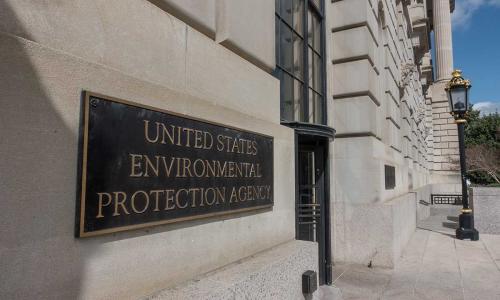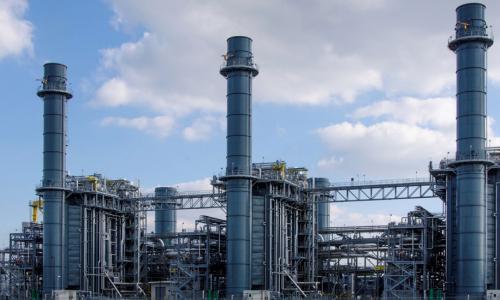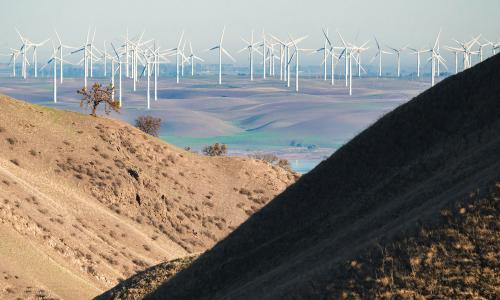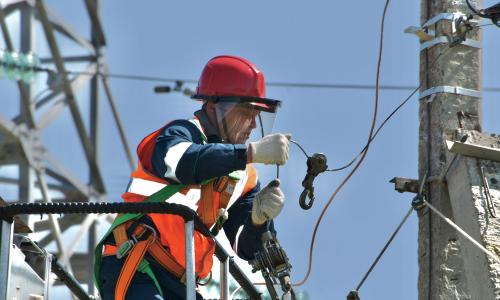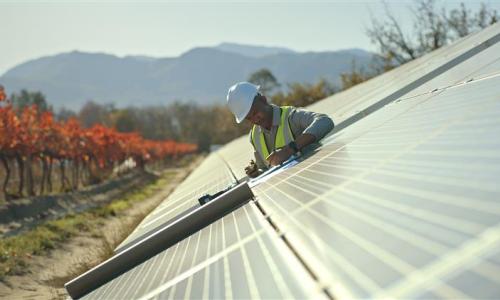The Clean Power Plan (CPP) sets the nation’s first-ever limits on carbon dioxide (CO2) emissions from power plants—the largest contributor to U.S. global warming emissions.
Virginia has one of the more moderate CPP state targets. It is well-positioned to meet—and even exceed—its goal. A robust carbon emissions–trading program, together with strong renewable energy and energy efficiency policies, would yield significant health and economic benefits for all Virginians, including hundreds of millions in projected revenue.
Virginia's clean energy potential
In 2014 most of Virginia’s electricity generation came from nuclear power (40 percent) and natural gas (28 percent), with the remainder (27 percent) coming from coal. Only 2.8 percent came from renewable sources other than hydropower.
According to a recent U.S. Department of Energy analysis, Virginia had the economic potential to derive between 48 to 118 percent of its electricity sales in 2014 from renewable energy—led primarily by utility-scale solar and wind.
How Virginia can meet and exceed its Clean Power Plan goals
The Clean Power Plan offers an opportunity to raise hundreds of millions of dollars a year by auctioning off carbon emission permits. This money could in turn be used for things like helping towns deal with increased coastal flooding, developing clean energy, and investing in economically distressed coal communities.
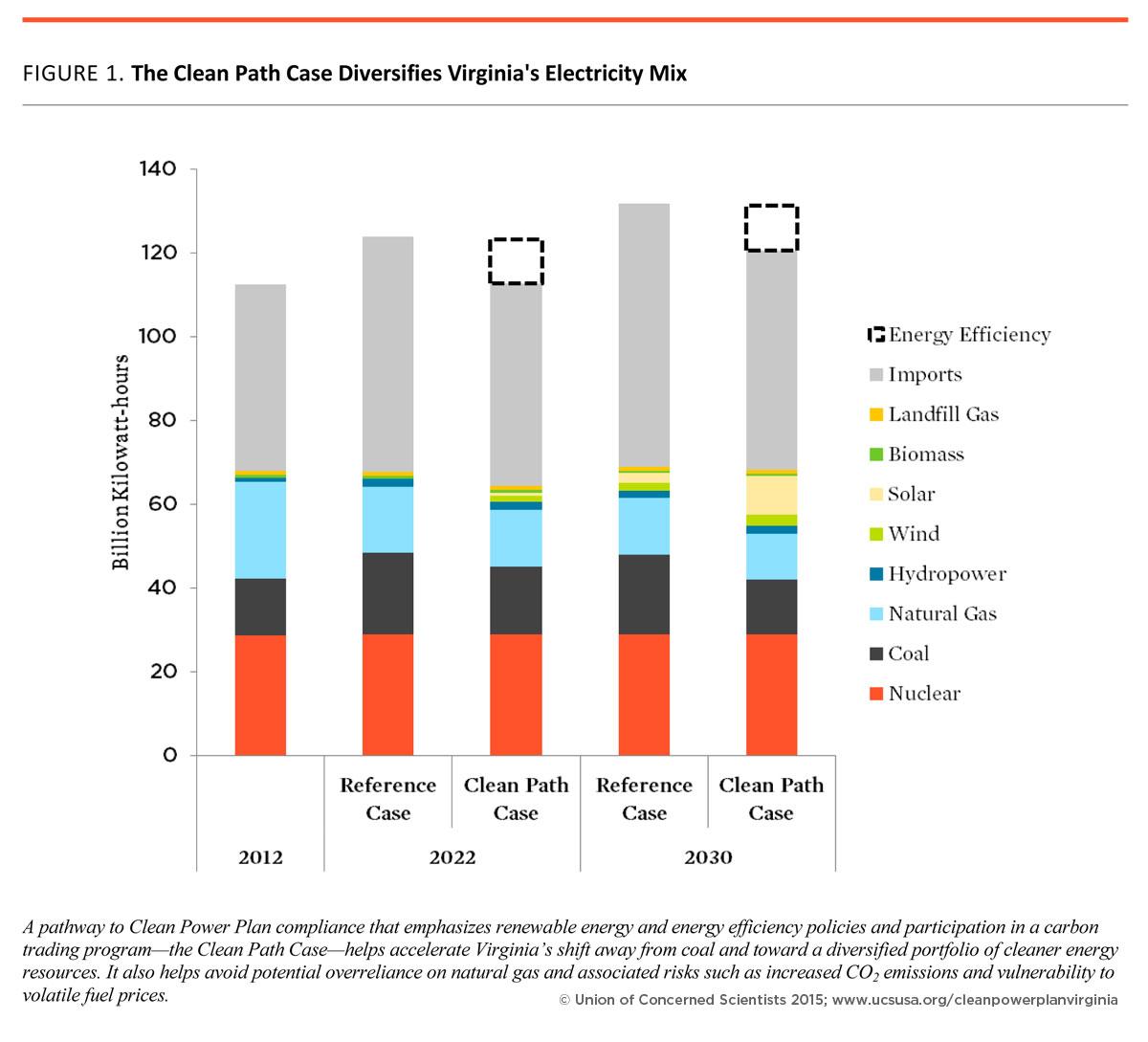
This analysis looks at how Virginia’s economy, air quality and public health would be affected by a variety of policy changes, including implementing a revenue-raising carbon trading program, and making mandatory the state’s now-voluntary renewable energy standard—which encourages utilities to produce 8 percent of electricity sales from renewable sources by 2025—and increasing the standard to 16 percent by 2030.
The study also evaluated the outcome if Virginia made its energy efficiency goal mandatory, rather than voluntary, and continued the requirement through 2030. The voluntary energy efficiency standard calls for a 10 percent electricity savings relative to 2006 levels by 2022.
Benefits for all Virginians
Enacting the stronger policies and creating a carbon trading program would:
-
Generate an average of $241 million annually from the sale of carbon allowances that could be invested in Virginia's economy
-
Lead to $3.4 billion in energy efficiency improvements to benefit Virginia consumers
-
Reduce the typical Virginia resident's electricity bills by 5 percent in 2030 for an annual savings of $77
-
Spur 6,163 MW of new wind and solar capacity in Virginia by 2030 to generate $3.4 billion in new capital investments.
-
Avoid 77 million tons of CO2 through 2030
-
Yield health and economic benefits worth an estimated $2.6 billion cumulatively through 2030 by avoiding carbon dioxide, sulfur dioxide, and nitrogen oxide pollution
Recommendations
Based on the report’s findings, UCS recommends that:
-
The Virginia Department of Environmental Quality should develop a compliance plan for the Clean Power Plan that includes carbon trading and prioritizes renewable energy and energy efficiency.
-
The General Assembly should endorse a carbon trading program with auctioned allowances to raise revenues, as well as stronger renewable energy and energy efficiency standards.
-
Virginia electric utilities should work to diversify their portfolios, prioritizing low-cost renewables and effeciency.
